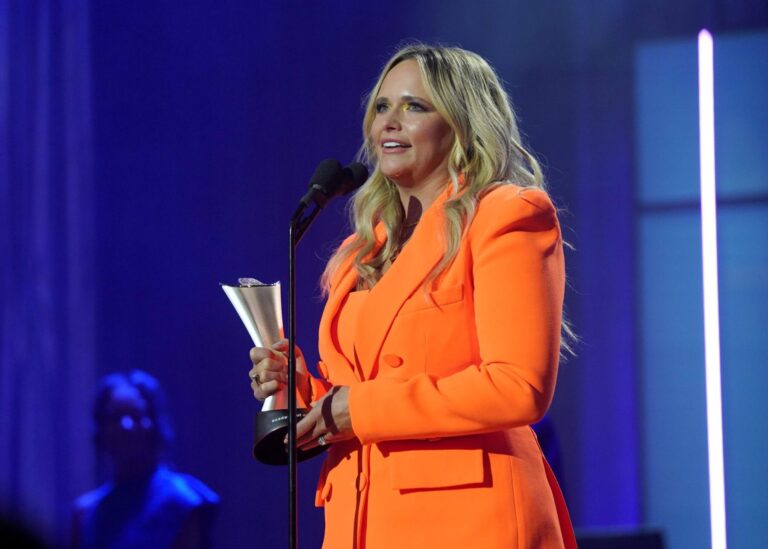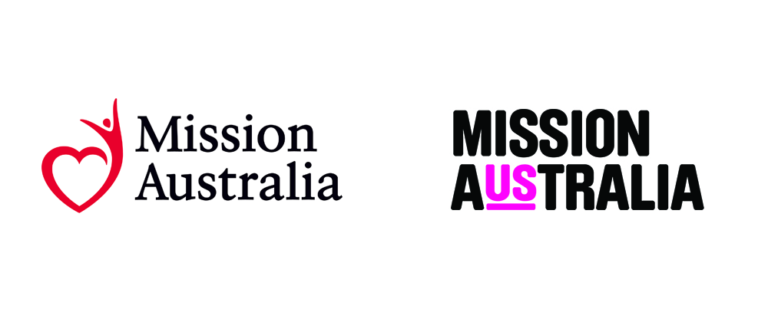Burra’s optimism buoys farmers

DAIRY processor Burra Foods is expecting milk production in Gippsland to rise over coming months, after a regional drop as the dry spell continues.
The company has also given farmers reason for optimism by tipping a farmgate milk price of more than $6.50 in the 12 months of the next financial year.
Burra Foods managing director Grant Crothers said Dairy Australia has reported milk production in Gippsland fell five percent for the eight months ending February, but he tipped that figure to turnaround with eventual rainfall likely.
“All agriculture has been impacted by the drought and I don’t see that South Gippsland is any different,” he said.
“Farming, especially dairy farming, east of Welshpool and in East Gippsland, is especially troubled due to poor rainfall and the high grain prices. Other parts of South Gippsland have fared better after late spring rain.”
Burra Foods’ Korumburra factory is meeting planned production volumes by adjusting its product mix. While the factory is not sourcing milk from beyond South Gippsland, Mr Crothers said the company was increasingly seeking milk being transported beyond Gippsland for processing elsewhere.
As for future milk prices, Mr Crothers said the current financial year farmgate milk price of $6 a kilogram of milk solids was strong given current commodity values.
“Burra suppliers were advised at supplier meetings in early March that the next 2019-20 financial year milk price will increase on the 2018-19 financial year and our view has not changed,” he said.
“We see a farmgate milk price of greater than $6.50 in the 12 months commencing July 1 and I believe that this will herald a period of improved profitability for all dairy farm enterprises.”
Leongatha’s rainfall to date for 2019 is 111mm which includes 12mm that has fallen in April so far this year, said Leongatha rainfall recorder David Shambrook.
The dairy extension officer with Department of Jobs, Precincts and Regions said, “If we were to be on average until the end of March, we would have had around 156mm instead of 99mm actual.
“Also for April the average is about 72 mm, so we have a long way to go to get this given we are more than halfway through the month.
“We are certainly in need of some good rain (25 to 50mm) very soon to keep what grass has struck alive and growing.”
Beef and sheep farmer Jeff Buckland said while the grass was green on his Fish Creek farm, the “green is deceiving”, with temperatures unseasonally high for April last week.
“We’re coping okay. It’s lucky we had a bumper hay and silage season and we could get our supplies back up to full, and our dams were full over summer,” he said.
“We’re not sure how long it will last. If it does not rain, we will get through it pretty quickly now and we’re trying to keep the cattle fat and the prices are picking up, so that’s looking pretty good.”
Buffalo beef farmer Robert Bell still has ample fodder reserves but is watching the skies with anticipation.
“Hopefully we will get some rain to get growth for winter,” he said.
Another dairy processor, Saputo, was asked for comment but did not respond before deadline.
Short URL: /?p=28430






